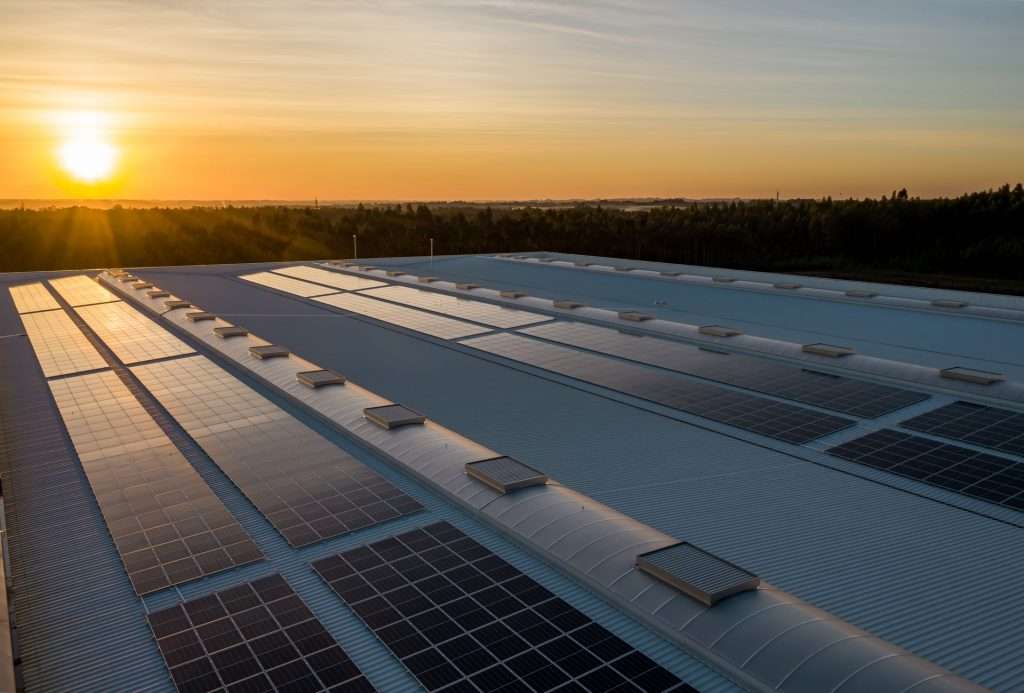

Reducing our carbon footprint has been an important part of international business discussions for decades now, and there is a very good reason as to why.
As the world warms, it is becoming increasingly apparent that we have to act imminently in order to prevent our world from becoming inhospitable in the near future.
As we continue with our own sustainability journey and explore environmental improvements we can make, our team have gathered 6 of the best ways that your business can reduce its carbon footprint, both in the short term and the long term. We have also put together some of the key business benefits associated with reducing your business’ carbon footprint.
Why should businesses reduce their carbon footprint?
While the ecological benefits are widely known, there are two key business benefits that should be considered, too:
Improve PR
There’s a tremendous amount of public pressure to reduce emissions. As people become increasingly aware of the dangers of rapid climate change, they are adjusting their shopping habits to suit. In fact, recent studies show that roughly 54% of global customers believe that ethical purchase decisions are an important step towards leading a sustainable lifestyle, a number that is bound to rise in the coming years.
By reducing your carbon footprint, you are demonstrating your commitment to combating climate change. Modern consumers factor in a brand’s ecological impact when considering who to do business with, meaning that you could be left behind if you don’t make proactive steps now.
Lower costs
Lower emissions generally go hand-in-hand with an increase in efficient fuel usage. Using fuel more efficiently will, naturally, reduce your overheads.
While initial green energy investment costs may be relatively steep, the cost reductions over long periods cannot be understated.
Steps to reducing carbon footprint in business
So, it is clear that lowering our carbon emissions is paramount, but is it possible for all businesses to make cost-efficient, positive change?
There are many ways that you can reduce your carbon footprint; not everything requires large-scale change, meaning that it is possible to make a tangible difference without large investments. Here are some small tips that can make a big difference on your business’ carbon footprint.
1. Identify your organisation’s current carbon footprint
The first step, and probably the most important, is understanding exactly how much your business pollutes.
In order to make this easier, the Carbon Trust created a Carbon Footprint Calculator to help UK SMEs to measure and reduce their corporate emissions.
2. Reduce the need to commute
It is becoming increasingly apparent that the working landscape has shifted over the course of the pandemic, with remote work becoming more prevalent than ever.
Less people commuting reduces the amount of emissions required to travel to and from work. However, heating and powering homes emits a fair amount of carbon, so reducing commute times alone isn’t the answer.
The most efficient way to work from home is to have everyone work remotely on the same day(s), meaning that your office is not consuming energy for one or more days a week.
3. Cut down on waste
Waste products often find their way to landfill, which emit large quantities of carbon every year.
- Find ways to reuse rather than throwing away
- Invest in an office recycling scheme
- Donate old equipment to charity or non-profit organisations
This truly is a team effort, so ask around to solicit ideas from everyone on areas where you can cut down on waste.
4. Avoid printing documents
With the widespread availability of the cloud, there is rarely a good excuse to print documents on a day-to-day basis.
If you need to print, try to use both sides of each sheet. While this seems like a relatively minor step, the cumulative effect can be substantial.
5. Careful energy management
While it is a little laborious, careful energy management can drastically reduce your emissions over long periods of time.
- Make sure all equipment is switched off at the end of the day.
- Manage heating/cooling systems, even a reduction of one or two degrees can really help.
- Don’t forget to lower the temperature when nobody is in – keeping your temperatures at around 11°C is optimal when your building is empty.
- Keep your equipment maintained – faulty equipment will often consume more power.
6. Low-energy solutions
Energy efficient equipment (light bulbs, monitors, computers, printers, photocopiers, et cetera) should be considered.
Just changing your light bulbs alone can make a huge difference (energy efficient bulbs use up to 90% less electricity than conventional bulbs).
Sustainable finance solutions with Shire Business Group
At Shire Leasing, we understand the pressure that many businesses are under to reduce their carbon footprint. We help businesses to secure renewable energy finance for their projects, effectively reducing business carbon footprints.
With no major upfront costs and flexible repayment terms, we can create a financing solution that suits your unique circumstances. Should you need any support, don’t hesitate to get in touch with our specialists today.

